Home>Furniture>Outdoor Furniture>What Is A Patio Home
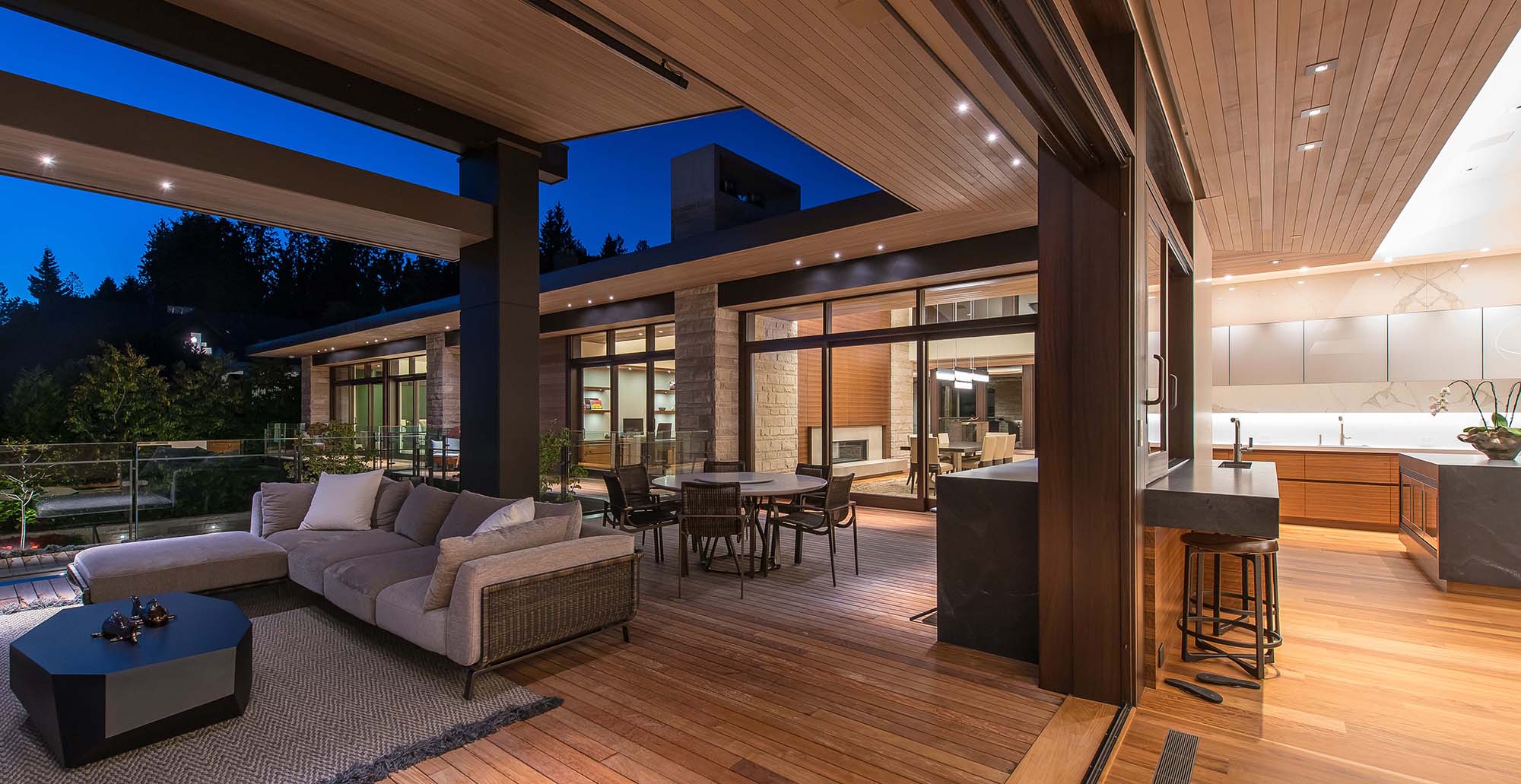

Outdoor Furniture
What Is A Patio Home
Modified: March 7, 2024
Discover the benefits of patio homes and create your perfect outdoor oasis with our wide selection of high-quality outdoor furniture.
(Many of the links in this article redirect to a specific reviewed product. Your purchase of these products through affiliate links helps to generate commission for Storables.com, at no extra cost. Learn more)
Introduction
Welcome to the world of patio homes! As outdoor living spaces continue to grow in popularity, patio homes have become a sought-after housing option for individuals looking for a unique and enjoyable living experience. But what exactly is a patio home? In this article, we will delve into the definition, features, and advantages of patio homes, as well as important considerations when choosing this type of dwelling.
A patio home is a type of single-family home that is typically designed for those who appreciate outdoor living and low maintenance. Also known as a garden home or courtyard home, a patio home offers a blend of indoor and outdoor spaces, making it the perfect choice for individuals who desire a cozy and private living environment.
The key feature of a patio home is the central outdoor space, known as the patio or courtyard. This is the heart of the home, providing a peaceful and serene setting for relaxation, entertaining, and enjoying the outdoors. The patio is often surrounded by the living spaces of the home, allowing for seamless indoor-outdoor integration.
When it comes to design, patio homes offer a wide range of options. They can be single-story or multi-story, depending on the preferences of the homeowner. The architectural styles can vary, from modern and contemporary to traditional and Mediterranean. Patio homes also come in different sizes, accommodating individuals, couples, and even families.
Key Takeaways:
- Patio homes offer a unique blend of indoor and outdoor living, providing a cozy and private environment with central patios or courtyards for relaxation and entertainment.
- Living in a patio home community brings benefits such as convenient amenities, a strong sense of community, and enhanced security, making it an appealing option for those seeking a balanced lifestyle.
Read more: What Is A Patio
Definition of a Patio Home
A patio home is a unique housing option that combines the benefits of single-family living with the convenience of low maintenance. These homes are characterized by their open and airy design, with a focus on integrating indoor and outdoor living spaces.
One of the defining features of a patio home is the central outdoor area, typically referred to as the patio or courtyard. This space serves as an extension of the living area and provides a private and tranquil oasis for homeowners to relax and entertain. The patio is often surrounded by the main living spaces of the home, such as the living room, kitchen, and dining area, allowing for easy access and seamless flow between indoors and outdoors.
In terms of layout, patio homes are typically designed to maximize space and functionality. They often feature an open floor plan, with large windows and glass doors to allow for plenty of natural light and to create a sense of connection with the outdoor environment. The interior spaces are thoughtfully designed, with an emphasis on comfort, convenience, and practicality.
Patio homes are also known for their low maintenance lifestyle. Unlike traditional single-family homes that require extensive upkeep, patio homes are designed with efficiency in mind. They often feature smaller yards or gardens that are easier to maintain, freeing up time for homeowners to enjoy their outdoor spaces rather than spending hours on landscaping and yard work.
In addition to the architectural design, patio homes are often found in planned communities or neighborhoods that offer amenities and services tailored to the needs and preferences of residents. These communities may include features such as walking trails, fitness centers, and community gathering areas, creating a sense of community and fostering a vibrant social life.
Overall, a patio home provides a unique living experience that combines the benefits of outdoor living, low maintenance, and community amenities. Whether you are a retiree looking to downsize, a busy professional seeking a convenient and stylish home, or a family who enjoys spending time outdoors, a patio home may be the perfect choice for you.
Features and Design of Patio Homes
Patio homes are specifically designed to provide a seamless blend of indoor and outdoor living, while still offering comfort, convenience, and privacy. Let’s explore some of the key features and design elements commonly found in patio homes.
Open Floor Plans
Patio homes are often characterized by their open floor plans, which create a sense of spaciousness and allow for easy flow between different areas of the home. This layout provides flexibility in furniture arrangement and encourages a warm and inviting atmosphere. The open design also allows for excellent natural light and views of the outdoor spaces.
Outdoor Living Spaces
As the name suggests, patio homes prioritize outdoor living. The central feature of a patio home is the patio or courtyard, which serves as an extension of the indoor living space. This outdoor area is typically paved or landscaped and can be decorated with furniture, plants, and other elements to create a cozy and inviting atmosphere for relaxation, dining, and entertaining.
Read more: What Is A Paver Patio
Efficient Use of Space
Patio homes are designed to make the most of the available space. They often feature smart storage solutions, such as built-in cabinets, closets, and shelving, to maximize organization and minimize clutter. Additionally, the layout of patio homes prioritizes functionality and flow, ensuring that every square inch is utilized effectively.
Low Maintenance Features
One of the advantages of living in a patio home is the reduced maintenance. Patio homes are designed to be low maintenance, both indoors and outdoors. The landscaping is typically minimal and easy to care for, with smaller yards or gardens that require less upkeep. The exterior materials and finishes are chosen for their durability and resistance to wear and tear, reducing the need for frequent repairs and maintenance.
Privacy and Security
Patio homes are designed to provide privacy and security for homeowners. The placement of the patio and the layout of the home ensure that the outdoor space is secluded from neighboring properties. Additionally, patio homes often have security features like gated entrances or security systems to enhance the safety of residents.
Aesthetic Appeal
Patio homes come in a variety of architectural styles, allowing homeowners to choose a design that matches their personal taste and preferences. Whether it’s a modern, contemporary design or a more traditional and classic look, patio homes are known for their aesthetic appeal and attention to detail in both exterior and interior design.
The features and design elements of patio homes combine to create a comfortable, functional, and visually appealing living space that seamlessly connects indoor and outdoor living. Whether you are enjoying a quiet evening on your patio or entertaining guests in your open-concept living area, patio homes offer a unique and enjoyable living experience.
Read more: What To Put On A Patio
Advantages of Living in a Patio Home
Choosing to live in a patio home comes with numerous advantages that appeal to a wide range of individuals. From the unique lifestyle to the practical benefits, here are some of the key advantages of living in a patio home.
1. Outdoor Living
One of the biggest advantages of living in a patio home is the opportunity to enjoy outdoor living. The central patio or courtyard becomes an extension of your living space, providing a private and tranquil oasis where you can relax, entertain guests, and enjoy the fresh air. Whether it’s sipping your morning coffee surrounded by nature or hosting a barbeque with friends, the outdoor living space in a patio home offers endless possibilities for enjoyment.
2. Low Maintenance
Patio homes are designed with low maintenance in mind. The smaller yards or gardens associated with these homes require less upkeep, freeing up your time to focus on the things you enjoy. Additionally, the exterior materials and finishes are often chosen for their durability and resistance to wear and tear, reducing the need for frequent repairs and maintenance.
3. Comfort and Privacy
Patio homes are designed to prioritize your comfort and privacy. The layout and design of these homes ensure that you have private outdoor spaces and a seamless flow between indoor and outdoor living. With strategically placed windows and access points, you can enjoy natural light while maintaining the privacy you desire.
Read more: What Are Pavers For Patio
4. Community Amenities
Patio homes are often located within planned communities that offer amenities tailored to the needs and lifestyles of the residents. These communities may feature amenities such as walking trails, swimming pools, fitness centers, and community gathering areas. Being a part of a community with shared interests and access to these amenities can enhance your overall living experience.
5. Security
Patio home communities often prioritize security features, such as gated entrances or security systems, providing residents with peace of mind and a sense of safety. Knowing that your community is secure allows you to fully enjoy your surroundings and feel at ease in your home.
6. Downsizing and Simplifying
Patio homes are an excellent option for those looking to downsize or simplify their lives. Smaller square footage, fewer rooms, and less outdoor space mean less time spent on cleaning and maintenance, allowing you to focus on the activities and experiences that matter most to you.
7. Energy Efficiency
Patio homes often come with energy-efficient features, such as double-pane windows, energy-saving appliances, and efficient HVAC systems. These features help to reduce energy consumption and contribute to a more sustainable and cost-effective living environment.
Living in a patio home offers a unique and enjoyable living experience, combining the benefits of outdoor living, low maintenance, and community amenities. Whether you are a retiree looking to downsize, a professional seeking a convenient and stylish home, or someone who simply values privacy and outdoor space, a patio home can provide you with the lifestyle you desire.
Read more: What Is A Flagstone Patio
Considerations before Choosing a Patio Home
While living in a patio home has many advantages, it’s important to consider a few factors before making your decision. Understanding these considerations will help ensure that a patio home is the right fit for your lifestyle and needs. Here are some key points to consider:
1. Space and Size
Consider the size of the patio home and whether it meets your living requirements. Patio homes can range from smaller single-story units to larger multi-story properties. Think about your current and future living needs, including the number of bedrooms and bathrooms, storage space, and overall square footage. Ensuring that the patio home provides enough space for your lifestyle is essential.
2. Maintenance Preferences
Assess your willingness and ability to maintain the outdoor space of the patio home. While patio homes are generally designed for low maintenance living, they may still require some upkeep. Consider whether you enjoy gardening and outdoor maintenance, or if you prefer a more hands-off approach. Understanding your maintenance preferences will help determine if a patio home is the right choice for you.
3. Privacy and Proximity
Consider how important privacy is to you and how the patio home provides that within its design. Assess the proximity of neighboring patio homes and how close they are to your outdoor living space. Consider whether the layout of the patio home and the community allows for the level of privacy you desire.
Read more: What Is A Patio Door
4. Lifestyle and Amenities
Think about the lifestyle you lead and the amenities that are important to you. Patio homes are often located within planned communities that offer various amenities such as walking trails, fitness centers, and gathering areas. Consider whether the available amenities align with your interests and enhance your desired lifestyle.
5. Homeowner’s Association and Fees
Many patio home communities have homeowner’s associations (HOAs) that oversee the maintenance and management of common areas. Before choosing a patio home, it’s important to understand the responsibilities and financial obligations associated with the HOA. Familiarize yourself with the HOA rules, regulations, and fees, as they can impact your experience and budget.
6. Location and Accessibility
Consider the location of the patio home and its accessibility to necessary amenities and services. Evaluate proximity to grocery stores, healthcare facilities, schools, and other places that are a part of your day-to-day life. Additionally, assess the neighborhood and surrounding area to ensure it aligns with your preferences regarding safety, convenience, and overall appeal.
7. Future Planning
Finally, consider your long-term plans and how they may impact your decision to choose a patio home. Think about factors such as aging in place, potential changes in mobility, and whether the patio home will meet your needs as your lifestyle evolves over time. Planning for the future can help ensure that the patio home remains a suitable choice for years to come.
By carefully considering these factors, you can determine if a patio home aligns with your preferences, needs, and long-term goals. Taking the time to evaluate these considerations will help you make an informed decision and find the perfect patio home for your lifestyle.
Comparing Patio Homes with Other Housing Options
When searching for a new home, it’s important to explore different housing options to find the one that suits your needs and lifestyle. Let’s compare patio homes to other popular housing options to help you make an informed decision.
Patio Homes vs. Single-Family Homes
One of the main differences between patio homes and single-family homes is the outdoor living aspect. While single-family homes may have a backyard or garden, patio homes prioritize outdoor living with a central patio or courtyard. Patio homes also tend to be more low-maintenance than larger single-family homes, making them ideal for individuals or couples who want a smaller living space with less maintenance.
Patio Homes vs. Condos
Compared to patio homes, condos typically offer a more urban or communal living experience. Condos often have shared amenities and common spaces, such as gyms or lounges, whereas patio homes have their own private outdoor spaces. Patio homes provide more privacy and a greater connection with nature compared to condos, which are usually located in multi-unit buildings.
Patio Homes vs. Townhomes
Patio homes and townhomes share some similarities, such as their smaller footprint and low-maintenance design. However, townhomes are typically multi-level residences that share walls with neighboring units. Patio homes, on the other hand, provide more privacy and independence since they are freestanding units. Both options can offer outdoor living spaces, but patio homes often have a more central and integrated outdoor area.
Read more: What Size Fan For Patio
Patio Homes vs. Apartments
While apartments are a popular housing option, they differ significantly from patio homes. Apartments are typically part of larger buildings with multiple units, offering limited outdoor space and shared amenities. In contrast, patio homes provide more privacy, a dedicated outdoor area, and fewer shared walls. Patio homes offer the benefits of single-family living within a smaller, more manageable space.
Patio Homes vs. Retirement Communities
Retirement communities are designed specifically for active seniors who desire a community-based living experience. While patio homes can be found within retirement communities, they are not exclusively for retirees. Patio homes offer the benefits of low maintenance, outdoor living, and a sense of community, making them suitable for individuals or families of various ages and stages of life.
Ultimately, the choice between patio homes and other housing options depends on your preferences for outdoor living, maintenance, privacy, and community. Consider your lifestyle, priorities, and long-term goals when selecting the housing option that aligns best with your needs. Patio homes offer a unique blend of outdoor living, privacy, low maintenance, and community amenities that can make them an attractive choice for a wide range of individuals.
Patio Home Communities and Associations
Patio home communities are specialized neighborhoods or developments that are designed specifically for residents who prefer the unique lifestyle offered by patio homes. These communities provide a range of amenities and services tailored to the needs and preferences of homeowners. Additionally, many patio home communities have homeowner’s associations (HOAs) that govern and manage the community. Let’s explore the benefits and considerations of patio home communities and associations.
Benefits of Patio Home Communities:
1. Amenities:
Patio home communities often offer a variety of amenities that enhance the quality of life for residents. These can include features such as walking trails, swimming pools, fitness centers, clubhouses, and community gathering areas. The amenities are designed to promote an active and sociable lifestyle, providing opportunities for residents to connect and engage with one another.
2. Maintenance and Services:
Patio home communities typically provide maintenance services for the common areas, such as landscaping and snow removal. This alleviates the responsibility of individual homeowners, allowing them to enjoy a low-maintenance lifestyle. Some communities may also offer additional services, such as housekeeping, home repairs, or transportation assistance, making life even more convenient for residents.
3. Sense of Community:
Living in a patio home community fosters a strong sense of community and belonging. The shared amenities, common spaces, and organized activities create opportunities for neighbors to interact, form friendships, and build a supportive network. The community-focused environment provides a sense of security, camaraderie, and a shared appreciation for the patio home lifestyle.
4. Enhanced Security:
Patio home communities often have security features and measures in place to ensure the safety and well-being of residents. These can include gated entrances, security cameras, and neighborhood watch programs. The added security measures contribute to homeowners’ peace of mind, allowing them to fully enjoy their homes and amenities.
Read more: What Is An Indoor Patio Called
Homeowner’s Associations (HOAs):
1. Community Governance:
Most patio home communities have homeowner’s associations (HOAs) that establish and enforce rules and regulations for the community. The HOA is responsible for maintaining property values, managing common areas, and addressing any concerns or disputes that may arise among residents. The HOA board is typically comprised of elected homeowners who oversee the community’s governance.
2. Financial Obligations:
As part of the patio home community, homeowners are required to pay HOA fees. These fees cover expenses related to the maintenance and management of common areas, amenities, and services. The HOA ensures that the community remains well-maintained and financially stable.
3. CC&Rs:
HOAs typically operate based on covenants, conditions, and restrictions (CC&Rs). These are guidelines that define the rules and regulations homeowners must abide by in the community. CC&Rs may cover aspects such as architectural guidelines, landscaping standards, pet policies, noise regulations, and more. It’s important to review and understand the CC&Rs before purchasing a patio home in a community.
4. Community Involvement:
Being part of an HOA provides homeowners with the opportunity to have a say in the management and decision-making processes of the community. Homeowners can participate in HOA meetings, serve on the board, and contribute to the overall well-being of the community. This involvement allows residents to have a voice and play an active role in shaping the environment they live in.
Patio home communities and homeowner’s associations offer numerous benefits and support the unique lifestyle and needs of patio home residents. However, it’s important to carefully review the rules, financial obligations, and community dynamics before purchasing a patio home in a community. Understanding the community’s dynamics and your responsibilities as a homeowner will ensure a smooth and enjoyable living experience in a patio home community.
Patio Home Maintenance and Responsibilities
Living in a patio home comes with certain maintenance responsibilities to ensure that your home remains in good condition and continues to provide a comfortable living environment. While patio homes are designed to be low maintenance, there are still tasks that homeowners should be aware of. Let’s explore some common patio home maintenance responsibilities:
1. Outdoor Space Maintenance:
Maintaining the outdoor space, such as the patio or courtyard, is an important aspect of patio home ownership. This may include tasks such as regular cleaning, sweeping, or power washing to keep the area free from debris, leaves, or dirt. Depending on your preferences and climate, you may also need to maintain plants, landscaping features, or outdoor furniture to keep the area looking its best.
2. Interior Cleaning and Maintenance:
As with any home, regular cleaning of the interior living spaces is essential. This includes tasks such as dusting, vacuuming, and cleaning surfaces to keep your home fresh and tidy. Additionally, staying on top of any necessary repairs or maintenance issues, such as plumbing leaks, appliance malfunctions, or HVAC system servicing, will help to prevent larger problems down the line.
Read more: What Is A French Patio Door
3. Seasonal Maintenance:
Patio home maintenance often involves seasonal tasks to prepare for and maintain the changing weather conditions. This may include cleaning gutters, inspecting and repairing any exterior damage, sealing windows and doors, or winterizing outdoor plumbing to protect it from freezing temperatures. Regular maintenance of HVAC systems and filters is also important to ensure efficient operation throughout the year.
4. Home Security:
It’s crucial to prioritize home security and take necessary precautions to keep your patio home safe. This may involve installing and maintaining security systems, checking locks on doors and windows, and being vigilant about any suspicious activity in the neighborhood. Regularly reviewing and updating your home security measures will help provide peace of mind for you and your family.
5. Homeowner’s Association (HOA) Responsibilities:
If your patio home is part of an HOA, it’s important to understand and fulfill your responsibilities as outlined in the community’s rules and regulations. This may include paying HOA fees on time, adhering to architectural guidelines when making changes to your property, and actively participating in HOA meetings and community initiatives.
6. Regular Inspections:
Performing regular inspections around your patio home can help you identify any maintenance issues early on. This can include inspecting the roof for any signs of damage or leaks, checking for cracks or deterioration in the exterior walls, and assessing the overall condition of the home. Promptly addressing any maintenance or repair needs will help maintain the integrity of your patio home.
While patio homes generally require less maintenance compared to larger single-family homes, it’s still important to stay proactive and attentive to the upkeep of your patio home. Regular maintenance and addressing any issues promptly will help preserve the value and functionality of your patio home, ensuring that you can continue to enjoy its benefits for years to come.
Read more: What Is A Patio Cover Called
Conclusion
Patio homes offer a unique and enjoyable living experience, combining the benefits of outdoor living, low maintenance, and community amenities. These homes are designed to provide a seamless blend of indoor and outdoor spaces, creating a cozy and private environment for residents. With their central patios or courtyards, patio homes foster a connection with nature and offer a tranquil retreat right outside your doorstep.
Choosing a patio home means embracing a lifestyle that prioritizes outdoor relaxation, entertaining, and minimal upkeep. These homes are designed for those who appreciate the beauty of the outdoors and desire a low-maintenance living environment. The open floor plans, efficient use of space, and thoughtful design elements contribute to a comfortable and functional living experience.
Living in a patio home community brings numerous benefits, from convenient amenities and services to a strong sense of community and security. These communities offer opportunities for socializing, engaging in activities, and enjoying shared spaces while still maintaining privacy and independence.
When considering a patio home, there are several factors to weigh, such as the size of the home, maintenance preferences, privacy requirements, and the presence of homeowner’s associations. It’s important to carefully evaluate these considerations to ensure that a patio home is the right fit for your lifestyle, needs, and long-term plans.
In comparison to other housing options like single-family homes, condos, townhomes, and apartments, patio homes provide a unique combination of outdoor living, low maintenance, privacy, and community amenities. They offer an appealing alternative for those seeking a balance between freedom and convenience.
Maintaining a patio home involves regular cleaning, interior and exterior upkeep, seasonal maintenance tasks, and adherence to any homeowner’s association guidelines. Taking care of your patio home ensures it remains in excellent condition and continues to provide a comfortable and enjoyable living space.
All in all, living in a patio home provides a rewarding and fulfilling experience for individuals and families alike. Whether you’re looking to downsize, simplify your life, or embrace a vibrant community, patio homes offer a unique blend of indoor and outdoor living that is both appealing and practical. With their inviting outdoor spaces and low-maintenance features, patio homes create a harmony between nature and comfort, allowing you to truly savor the joys of home.
Frequently Asked Questions about What Is A Patio Home
Was this page helpful?
At Storables.com, we guarantee accurate and reliable information. Our content, validated by Expert Board Contributors, is crafted following stringent Editorial Policies. We're committed to providing you with well-researched, expert-backed insights for all your informational needs.
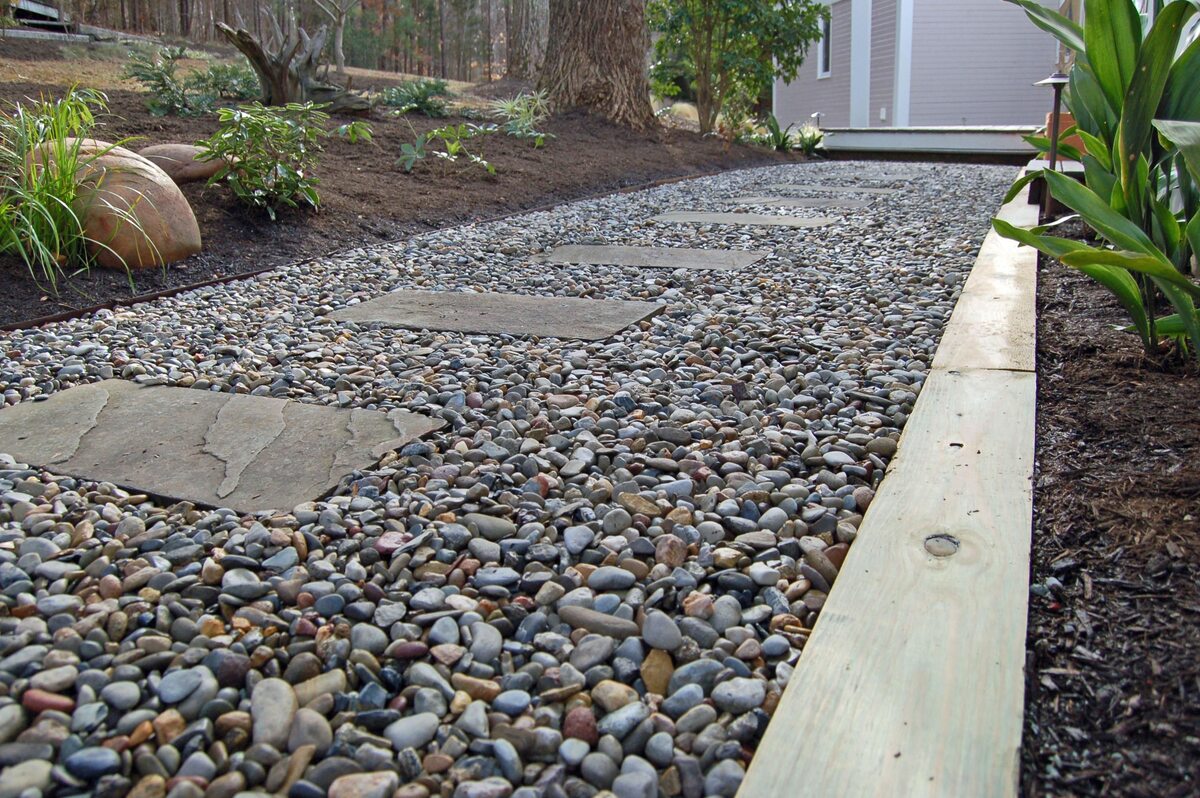
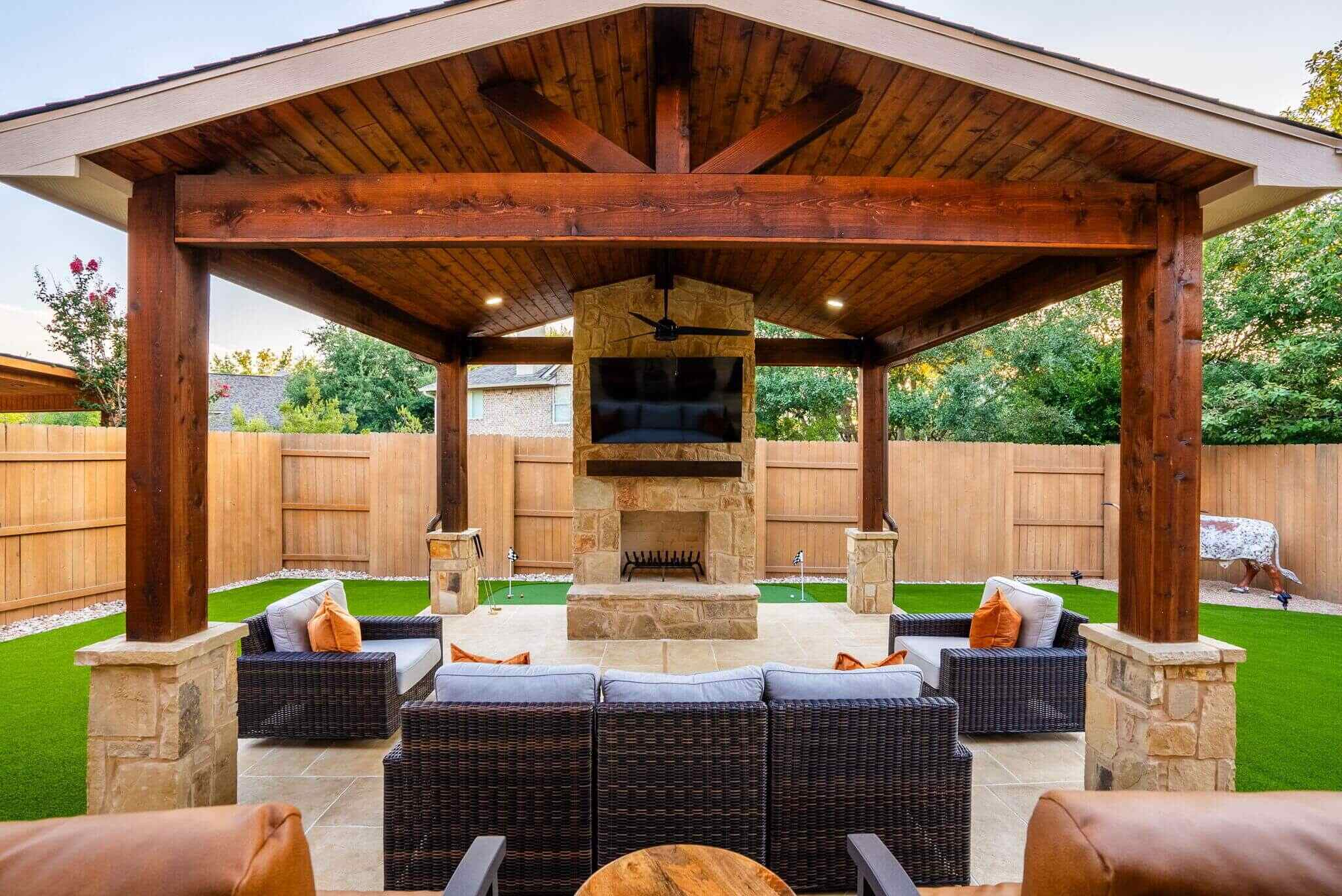
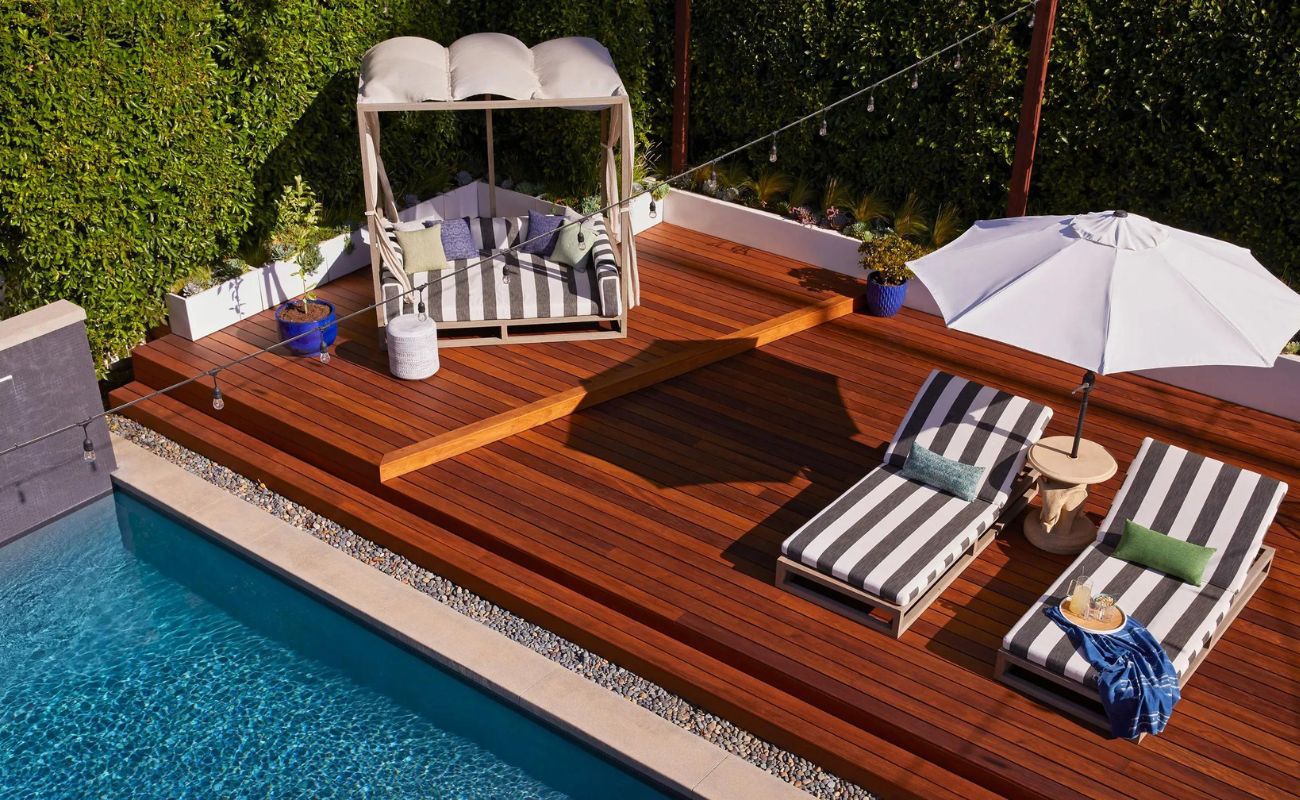
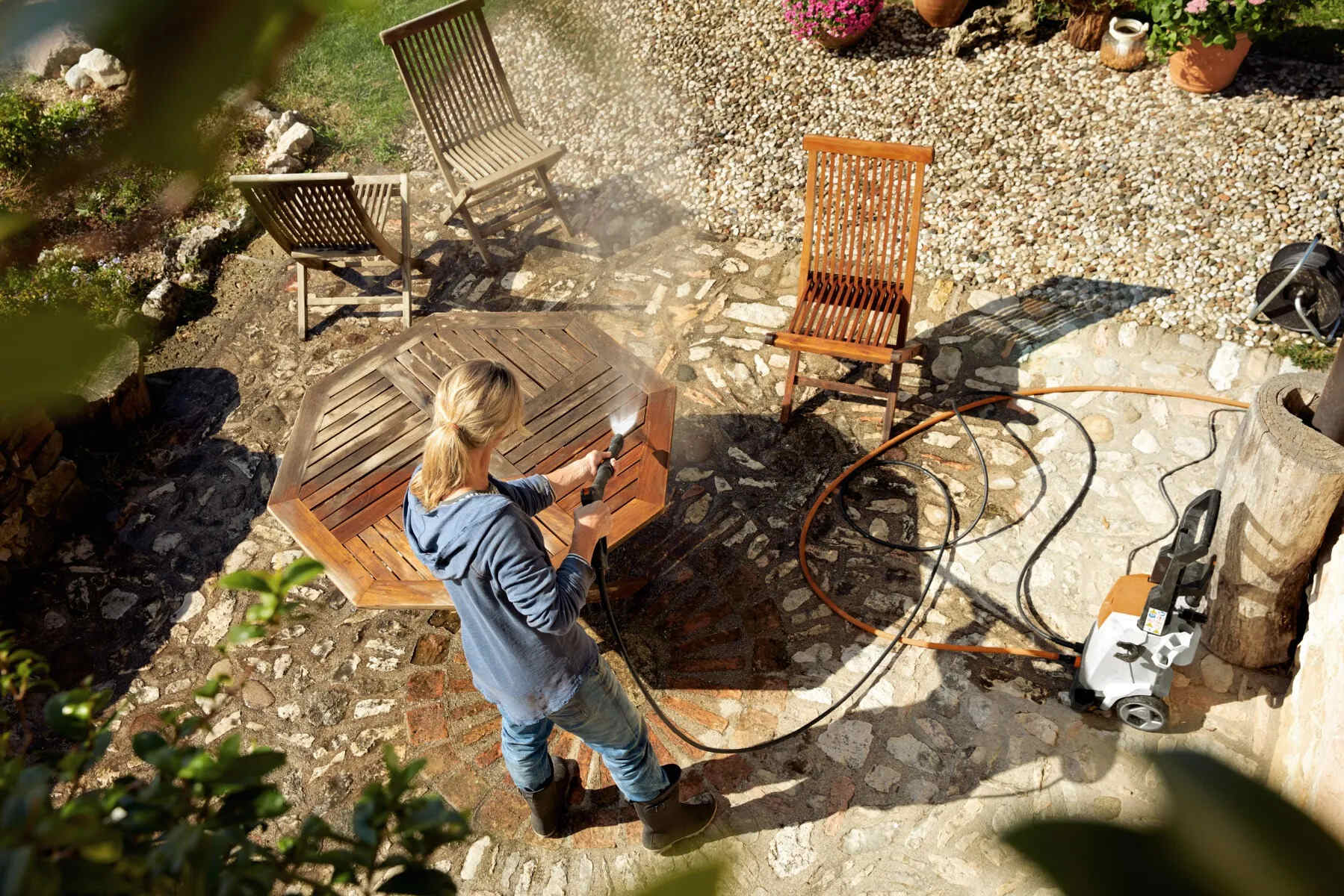
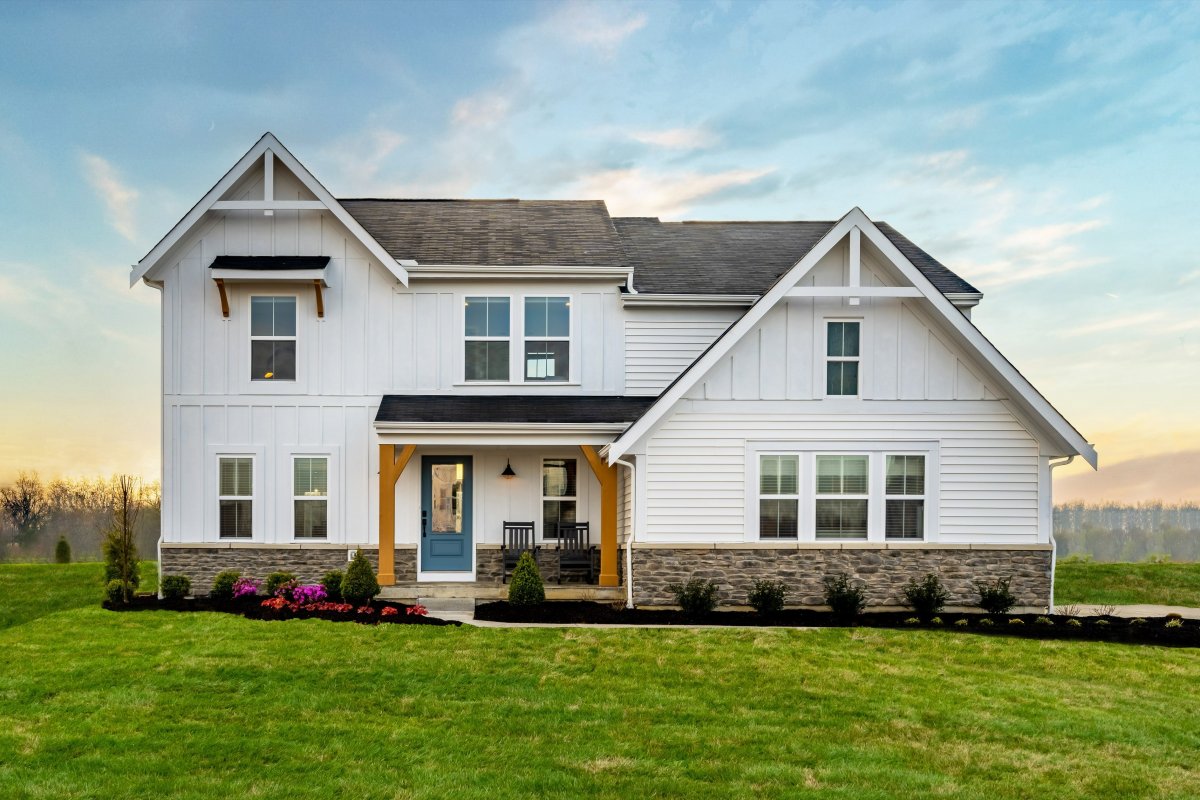

0 thoughts on “What Is A Patio Home”